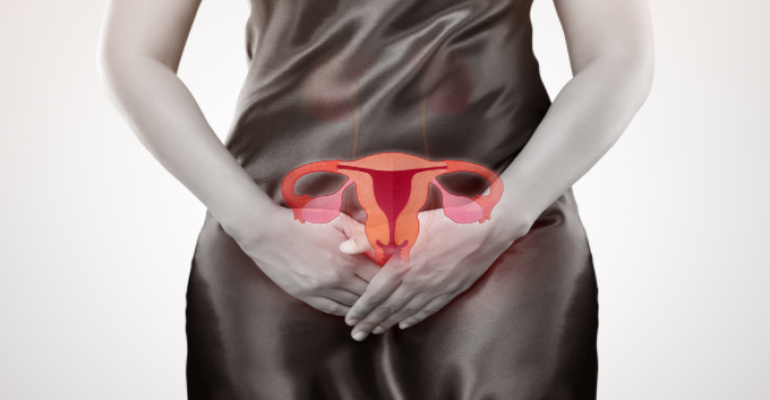
What is a Hysterectomy, and in Which Cases is it Performed?
What is a Hysterectomy? For centuries, great importance has been attributed to the uterus due to societal judgments imposed on the female body. The removal of the uterus for various reasons is often seen as a worrying event because of these societal perceptions.
Although removing the uterus biologically eliminates the possibility of pregnancy, it does not prevent a person from becoming a mother or continuing life as a healthy woman.
Therefore, if health problems require removal of the uterus, no woman should approach this situation with prejudice and should prioritize her health over societal roles.
What is a hysterectomy?
A hysterectomy, also known as uterine removal surgery, is the procedure to remove the uterus, the female reproductive organ where the baby implants and grows. The uterus is removed either through the abdomen or vaginally to resolve related health issues.
Although this surgery ends a woman’s reproductive function, it does not cause issues related to sexuality or menopause. Thanks to recent medical advances, patients can continue their lives healthily after a comfortable surgical process.
When is hysterectomy performed?
Hysterectomy is part of the treatment protocol for many diseases. It is performed in a wide range of cases, from fibroids to cancers affecting the reproductive system. It is also preferred for severe ongoing vaginal bleeding. These include:
- Uterine cancer
- Cervical cancer
- Chocolate cysts (endometriosis) in the uterus
- Ovarian cancer
- Fibroids that cannot be treated with medication
- Fibroids causing urinary incontinence, constipation, or back pain
- Intermenstrual bleeding
- Advanced uterine prolapse (which can sometimes even be visible outside the vagina)
How is hysterectomy performed?
The surgery may vary depending on the patient's age, weight, or preference. However, the most commonly preferred method is laparoscopic surgery, also known as minimally invasive surgery. In this method, small incisions are made in the abdomen and a laparoscope with a camera is inserted to perform the hysterectomy.
Another method is vaginal hysterectomy, where no abdominal incision is made and the surgery is done directly through the vagina. The healing time in this procedure is relatively short. There is also the classic open surgical option, usually performed through an abdominal incision near a cesarean scar. The average duration of a hysterectomy is between 1 and 2 hours.
What should be considered after hysterectomy?
- It is recommended that patients rest in the hospital for 1 to 2 days after surgery.
- Patients can start walking slowly 5-6 hours after surgery.
- Painkillers prescribed by the doctor can be used for possible pain.
- Antibiotics should be taken as directed by the doctor.
- To avoid constipation, patients should consume liquids for a few days after surgery.
- Heavy lifting and strenuous activities should be avoided to prevent damage to the operated area.
- Patients can take a shower 48 hours after surgery.
- Sexual activity can usually be resumed after 30 to 45 days.
- If unexpected bleeding occurs, patients should definitely consult a doctor.
We wish you good health.

